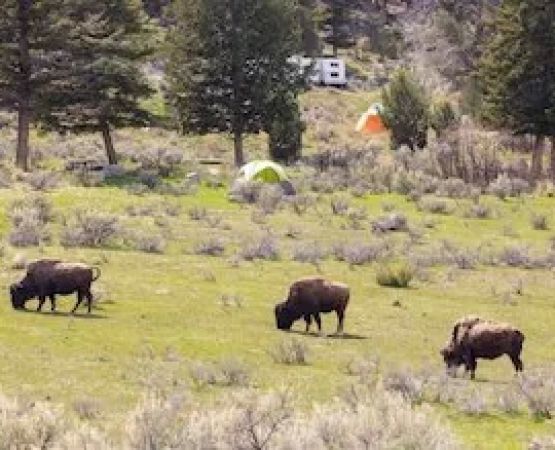- #tips-for-finding-the-best-campsite-for-remote-work-with-cell-service - campsite-selection - remote-work-friendly - connectivity
- #evaluating-cell-service - coverage-maps - signal-strength - mobile-hotspot
- #balancing-nature-and-productivity - quiet-locations - scenic-views - work-life-balance
- #essential-tools-and-gear - power-solutions - wifi-boosters - camping-equipment
- #personal-experiences-and-case-studies - digital-nomad-stories - successful-remote-camping
- #expert-advice-and-recommendations - campsite-research - timing-and-seasons - pine-cliff-resort
Tips for Finding the Best Campsite for Remote Work with Cell Service
Working remotely doesn’t mean sacrificing your love for the outdoors. In fact, with the right strategies, you can set up your mobile office in nature without losing reliable internet access. The following tips will help you discover the best campsites for remote work with cell service, so you can stay connected while enjoying the freedom of the open air.
1. Evaluating Cell Service
1.1 Coverage Maps
Before you pack your gear, check the coverage maps provided by major carriers like Verizon, AT&T, or T-Mobile. Many remote workers use apps such as OpenSignal or CellMapper to get a realistic view of service strength in specific areas. One traveler shared that checking coverage maps ahead of a trip saved her from days of frustration in a national forest with no bars.
1.2 On-Site Signal Testing
Even the best maps can be misleading. When you arrive, do a quick signal test by walking around the site. Sometimes moving just a few yards can mean the difference between strong LTE and a dead zone. A camper once recalled how shifting their RV just 20 feet allowed them to catch a signal strong enough for video meetings.
1.3 Mobile Hotspot Backup
Always have a backup plan. Carry a reliable hotspot device or use your phone’s tethering option. Investing in a directional antenna can further boost your ability to capture signals in low-service areas.
2. Balancing Nature and Productivity
2.1 Choosing Quiet Locations
A productive workday requires fewer distractions. Look for campsites that are away from busy trails and playgrounds. Campers often report that quiet, tucked-away sites help them focus better, turning their outdoor escape into a perfect workspace.
2.2 Scenic Views for Inspiration
While strong service is essential, don’t overlook the power of a good view. Many remote workers find that a lakeside campsite or mountain backdrop boosts creativity and reduces stress. Imagine writing reports with the sound of birds in the background—it’s productivity with peace of mind.
2.3 Work-Life Balance
Establish boundaries between work and relaxation. For instance, one digital nomad set a rule to close the laptop by sunset, leaving the evenings for hiking and campfire chats. This routine made workdays manageable and evenings memorable.
3. Essential Tools and Gear
3.1 Power Solutions
Portable solar panels, power banks, and RV hookups are game changers. Without reliable power, even the best cell service won’t help. Many seasoned campers recommend carrying at least two power sources to avoid downtime.
3.2 WiFi Boosters
A WiFi booster or signal repeater can strengthen weak connections. One remote worker shared how a $50 booster allowed him to maintain seamless Zoom calls from a forest campsite where others struggled.
3.3 Camping Equipment
Beyond tech, don’t forget comfort. A sturdy chair, ergonomic table, and weather-resistant gear can make long work sessions outdoors far more pleasant. Pairing productivity tools with traditional camping essentials ensures both efficiency and enjoyment.
4. Personal Experiences and Case Studies
Digital nomads often share stories of both success and struggle. One popular case discussed online involved a group of remote workers who turned a Colorado campsite into a shared outdoor office. With signal boosters and shared power solutions, they not only maintained deadlines but also formed a small community. Stories like these prove that the dream of working in nature is entirely possible with proper planning.
5. Expert Advice and Recommendations
5.1 Researching Campsites
Use crowd-sourced apps like Campendium or iOverlander, where campers review cell service quality at specific sites. Reading firsthand experiences can save you from trial and error.
5.2 Timing and Seasons
Cell service can vary depending on crowd levels and seasons. Popular sites may experience slower speeds during summer, while off-season camping often provides better connectivity. Plan accordingly if video calls are critical to your workflow.
5.3 Trusted Resources
If you want curated recommendations, Pine Cliff Resort offers detailed insights into campsites, gear, and services tailored for remote workers who value connectivity and comfort. Their resources help ensure your camping setup supports both work and relaxation.






